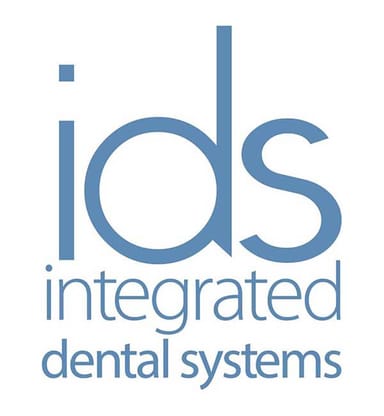Dr. Jay Reznick shares how several tools and materials from TBS Dental contribute to successful alveolar ridge preservation and happy patients
Dr. Reznick is a Diplomate of the American Board of Oral and Maxillofacial Surgery. He received his undergraduate biology degree from CAL-Berkeley, his dental degree from Tufts University, and his medical degree from the University of Southern California. He did his internship in general surgery at Huntington Memorial Hospital in Pasadena and trained in oral and maxillofacial surgery at L.A. County—USC Medical Center. Dr. Reznick was one of the first North American adopters of fully guided, prosthetically based implant surgery and was the first specialist in the U.S. to integrate CBCT and CAD/CAM in his practice. He has taught dentists about basic and advanced implant dentistry, surgery, and 3D digital technology for the last 2 decades. He has published extensively in the dental and medical literature and founded the educational website OnlineOralSurgery.com. He lectures frequently at dental meetings and educational conferences, as well as gives live training courses to dentists from all over the world. Dr. Reznick is also a consultant to several dental manufacturers and is on the editorial advisory boards of a few dental journals. He is director of the Southern California Center for Oral and Facial Surgery in Tarzana, CA.
To minimize the resorption of the edentulous alveolar ridge, many clinicians studied ways to minimize this bone loss, which would allow a dental implant to be placed once the ridge had healed sufficiently. Thus, the concept of alveolar ridge preservation grafting was born. Immediately following tooth removal, the site is prepared to minimize the natural ridge resorption that is known to occur in the first few months after the tooth is removed. The concept of ridge preservation is fairly straightforward.
Extract with TBS, Fill with TBS
First, the tooth is removed using instruments to minimize trauma to the alveolus and soft tissues. I like TBS Dental’s Elvatome 2.0, which severs the periodontal ligament, expands the alveolar bone, and gently luxates the tooth roots. Then, using the company’s FRINGS forceps, which are specifically designed for each area of the mouth, the tooth is easily and gently removed from the socket. Next, the socket is carefully debrided to remove all infected tissues, such as granulation tissue and apical lesions, followed by copious irrigation. As I like to say, “The solution to pollution is dilution!” Next, the socket is filled completely with a bone graft material to form a matrix through which healthy dense bone will form. Different materials have been used over the years with various success, including freeze-dried coral, hydroxyapatite crystals, glass-like spheres, collagen scaffoldings, xenograft particles from cow, pig, and horse, as well as human allograft particulate bone. The gold standard is to use allogeneic bone from the patient, but that requires a second surgical site to harvest the bone, as well as preparation of the graft before placement, which means it is rarely used.
Tooth replacement options should be discussed with all patients prior to extraction. The benefits and drawbacks of a removeable appliance, fixed bridge, implant-supported fixed prostheses, or no treatment at all should be part of the conversation. Most of the time, patients will opt for the dental implant once the options are presented. Sometimes, patients are unsure about what to do and may want to “see how much they miss the tooth.” In these cases, I suggest to my patients that we do the ridge preservation graft to keep their options open should they decide that a dental implant is to be placed. I describe it as an “insurance policy.” I hate for a patient to opt out of the graft, and then 4 months later announce that they want an implant, but there is now inadequate bone volume to place one without first performing bony augmentation.
Being able to provide alveolar ridge preservation grafting allows the clinician to deliver state-of-the-art dental care to their patients. It also provides financial benefits to the dental practice. It is a simple, predictable procedure that will hopefully lead to treatment with an implant-supported prosthesis and a happy patient.
This article was produced in partnership with TBS Dental.









